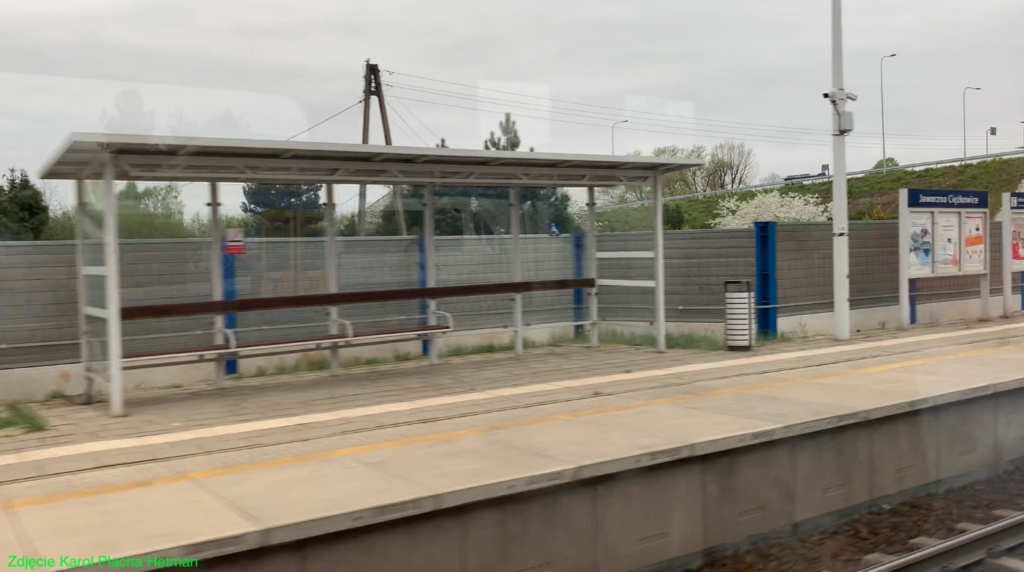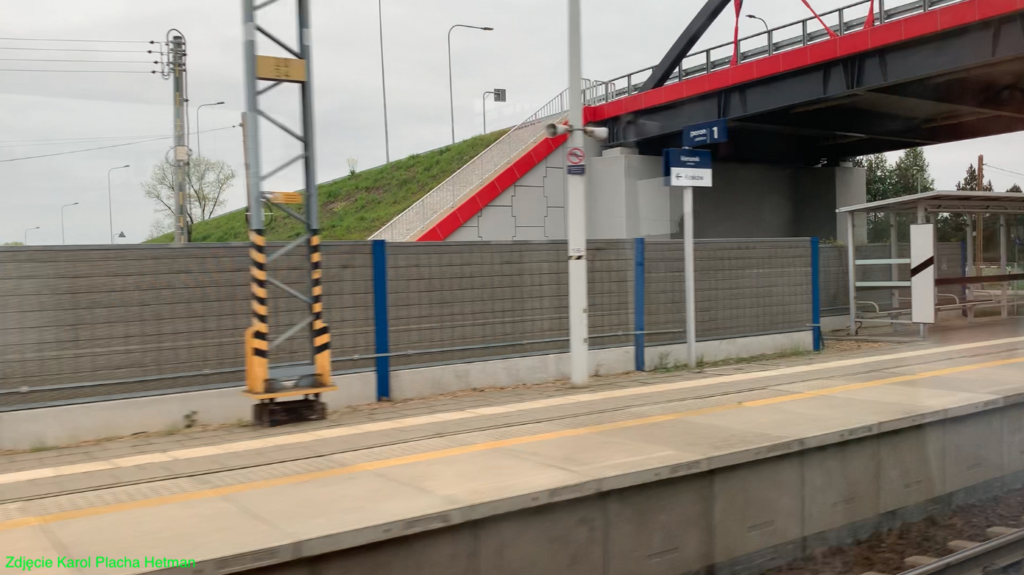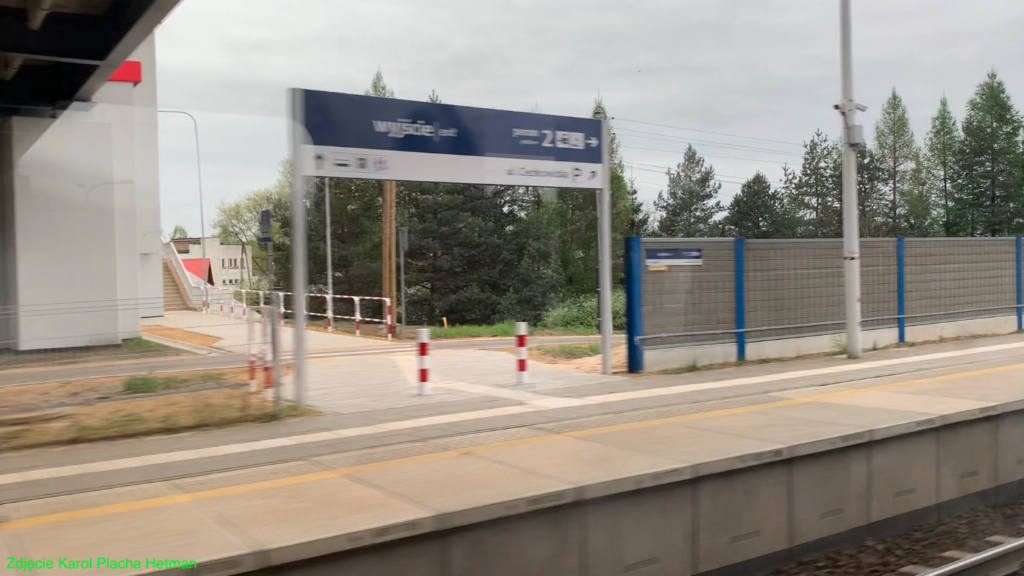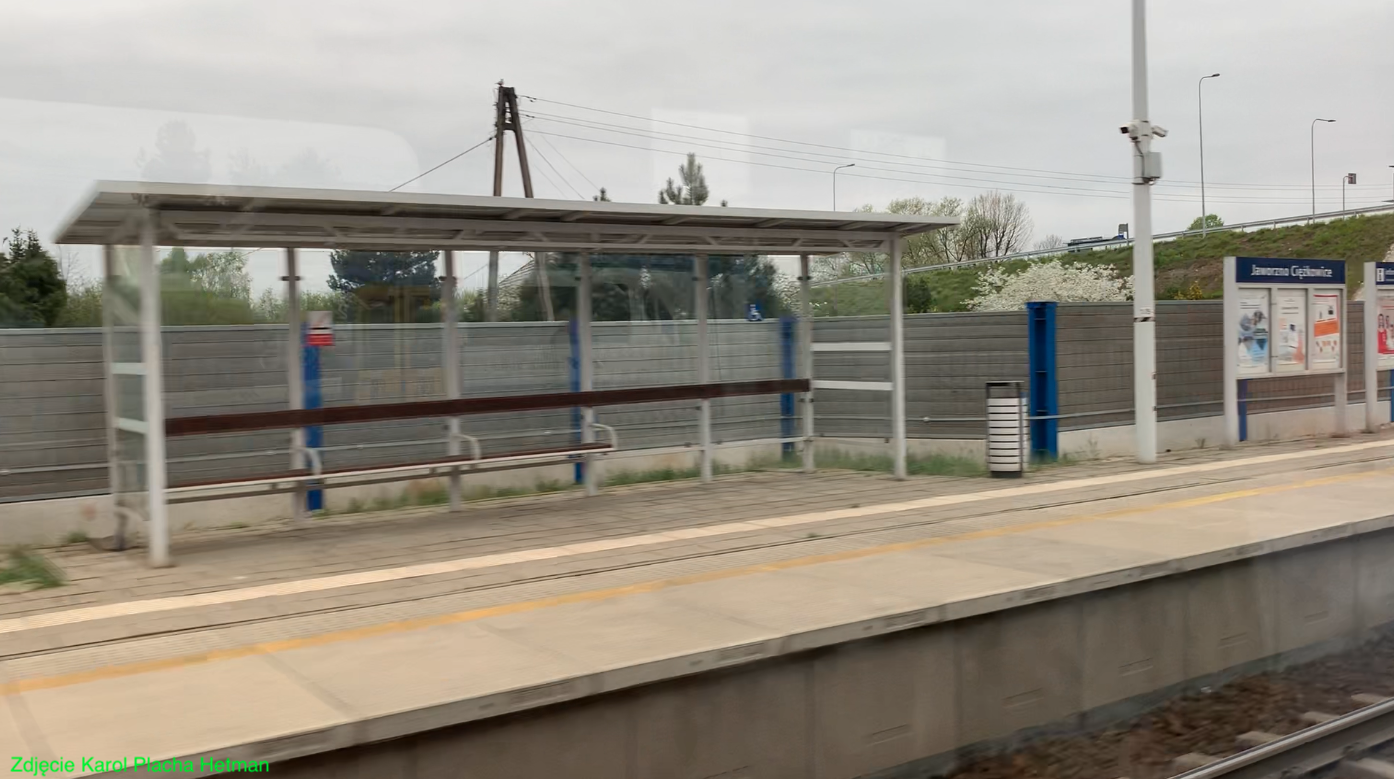Jaworzno Ciężkowice. 2024-04-15
Jaworzno Ciężkowice.
Geographic coordinates: 50.213N 19.336E. Elevation 283 m.



The Jaworzno Ciężkowice district should not be confused with Ciężkowice, which lies south of Tarnów.
Ciężkowice is a part of the city and a district of the city of Jaworzno, which is located in the eastern part of the city. Ciężkowice lies about 4 km from the center of the city of Jaworzno. Ciężkowice belongs to the Silesian Voivodeship. The settlement as a district has been within the borders of Jaworzno since January 1, 1973. Ciężkowice has scattered buildings, which are concentrated in several settlements. The population of the district is about 4,000 residents. Single-family housing dominates in Ciężkowice. The main buildings in Ciężkowice are: Church of Our Lady of Perpetual Help, Primary School No. 18 named after Tadeusz Kościuszko, Municipal Kindergarten No. 4, Health Center. The district is served by public bus transport, PKM Jaworzno.
Ciężkowice was founded in the 13th century. Jaworzno Ciężkowice is historically Lesser Poland and was part of the Castellany of Chrzanów. Most of the residents are of immigrant origin from the entire agglomeration of Upper Silesia and from eastern Poland, mainly after World War II. The name of the settlement comes from the Ciestkowicz family, and the mysterious Cieszek gave the name to the settlement. The village was originally called “Cieszkowice”. It is likely that Cieszek was a miner and was involved in the extraction of lead and silver ores. During the reign of Leszek the White, there were battles here between the princes over the silver deposits discovered here. As a result of the partition of Poland, the area was incorporated into the Austro-Hungarian Empire. In the period 1800-1845, a banker from Vienna, named Maks Low Beer, searched for hard coal deposits here. Deposits were found and coal was transported by carts to the railway station. However, the marshy terrain made extraction difficult and in about 1890, hard coal extraction was discontinued. The Łużnik stream flows through the district. At the beginning of the 20th century, with the advancement of technology, hard coal extraction began again. The most famous was the “Piłsudski” shaft.
Rozbudowa tych terenów miała miejsce od 1921 roku. Właśnie wtedy powstała dzisiejsza parafia w Ciężkowicach. Jej pierwszym proboszczem był ksiądz Andrzej Mroczek. Budowa nowej świątyni rozpoczęła się w 20-latach XX wieku. Pierwsza msza święta została odprawiona przez księdza proboszcza w dniu 23 grudnia 1934 roku.
During World War II, the occupiers incorporated this area into the Raj (Third Reich). After the war, a monument to the inhabitants of Ciężkowice murdered by Germans was erected. After the war, the settlement of Ciężkowice once again found itself in the Szczakowa Commune. In 1954, the commune was incorporated into the town of Szczakowa, and in 1956, into the town of Jaworzno. The Ciężkowice commune survived until 1972, i.e. until the next commune reform. On January 1, 1973, Ciężkowice was incorporated into Jaworzno, as a district.
Historic buildings in Ciężkowice include: The parish church of the Blessed Virgin Mary of Perpetual Help. The parish cemetery was built around 1656. An Austrian railway station from the period 1847-1850. Roadside chapels that are even several hundred years old. A monument to the inhabitants of Ciężkowice murdered by Germans during World War II.
PKP Jaworzno Ciężkowice.
The railway station is located on the railway line No. 133 Dąbrowa Górnicza Ząbkowice – Kraków Główny, and was established in 1847. PKP Jaworzno Ciężkowice is currently a railway stop. The Jaworzno Ciężkowice station was established when the Mysłowice – Kraków railway line was put into operation. At that time, a small station was added to the building, which exists to this day (2024).
The station building is a typical Austrian, historical, small, two-story building, built of brick. The windows were decorated with portals. The building was painted brown, and the window and door portals were white. The building is covered with a hipped roof, which is made of wood and covered with roofing felt. The attic is not usable. A warehouse building is added to the building. The station currently does not have any railway function.
In the period 2016-2020, the station was thoroughly modernized. All as part of the modernization of Railway Line No. 133. The track, electric traction, and rail traffic control systems were replaced. The side tracks were eliminated. Currently, only two tracks of the route run through the station. The platforms were completely rebuilt, which are now higher, 0.6 m from the railhead. The platforms have shelters for travelers, railway information boards, new lighting and an audio system.
The largest investment was the construction of a viaduct over the railway stop on the new Ciężkowicka Street. The investment allowed the elimination of the rail-road crossing on the old Ciężkowicka Street. The viaduct provides convenient access for travelers to the platforms.
The railway stop serves local traffic on the Katowice – Kraków route. Trains of the following stop here: Koleje Śląskie, Koleje Małopolskie and PolRegio. After the renovation of the route, passenger traffic is systematically growing. In 2022, the stop served up to 150 passengers per day, and in 2023, up to 200 passengers per day.
Written by Karol Placha Hetman
